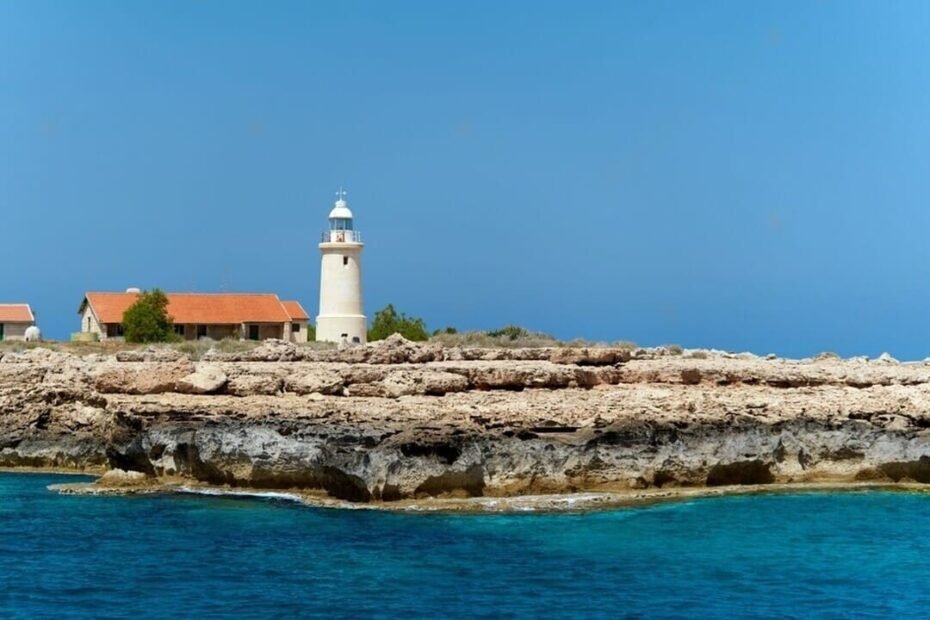Safety should always be a top priority when sailing. Here are some essential safety tips and emergency procedures to follow while sailing in Cyprus waters.
Check the Weather Forecast
Always check the weather forecast before setting sail. Cyprus weather can change rapidly, especially during the transitional seasons. Make sure to stay updated on weather conditions and be prepared to adjust your plans if necessary. Use reliable weather apps and VHF channels to get accurate information.
Prepare Safety Equipment
Ensure that your boat is equipped with all necessary safety equipment, including life jackets for all passengers, a first aid kit, flares, a VHF radio, fire extinguishers, and navigation lights. Regularly check the condition of your safety equipment and replace any items that are expired or damaged.
Plan Your Route
Plan your sailing route carefully, taking into account local navigational hazards, such as rocks, reefs, and shallow waters. Familiarize yourself with the route and have a backup plan in case of unexpected changes in weather or sea conditions. Always inform someone on land about your planned route and expected return time.
Understand Local Sailing Regulations
Be aware of local sailing regulations in Cyprus, including restricted areas, speed limits, and anchoring rules. Cyprus follows the International Regulations for Preventing Collisions at Sea (COLREGs), so it’s essential to be familiar with these rules to avoid accidents and penalties.
Emergency Procedures
In case of an emergency, it’s crucial to know the proper procedures. If you are in distress, use your VHF radio to call for help on Channel 16, the international distress frequency. The Joint Rescue Coordination Center (JRCC) in Larnaca coordinates all search and rescue operations in Cyprus waters. Have their contact details readily available and be prepared to provide your location and the nature of the emergency.
Stay Calm and Follow Protocols
In any emergency situation, staying calm is key. Follow established protocols and instructions from authorities. If you need to abandon the boat, ensure that everyone is wearing a life jacket and knows the location of the life raft. Conduct regular safety drills with your crew to ensure everyone is familiar with emergency procedures.

